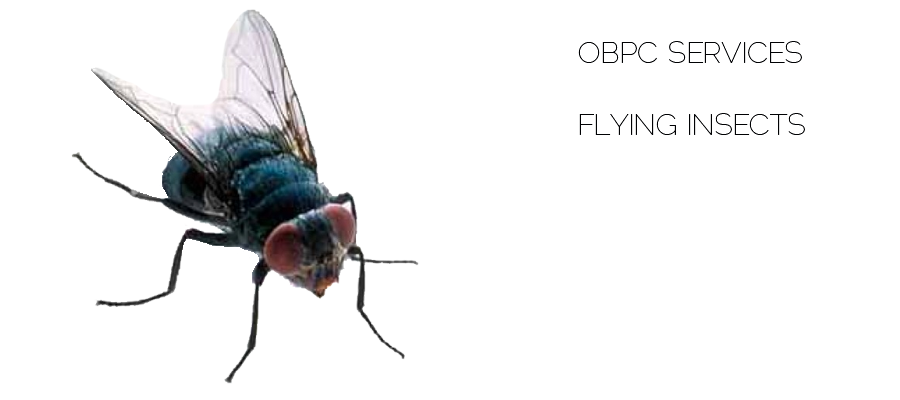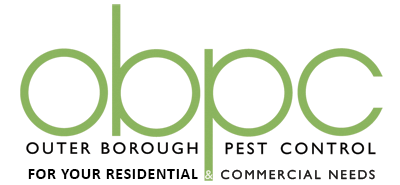

Small Flies, Filth Flies, Biting and Nuisance Flies - they are all annoying - more importantly they are all vectors of disease transporting dangerous bacteria and toxins to and from each spot they land upon. Hookworm, whipworm, tapeworm, pinworm, roundworm, cholera, bacillary dysentery, infantile diarrhea, typhoid and paratyphoid are disease-causing organisms with which these flies are associated.
Small flies are usually found breeding in and feeding on damp organic matter or the organisms that grow in such materials. Locating and eliminating these breeding grounds/food sources is first step of fly control.
Some common small flies are: Fruit Flies, Drain Flies, Fungus Gnats, Moth Flies, Phorid Flies
OBPC IPM program begins with learning how to prevent pests from becoming established. With an understanding of how pests live, problems can often be prevented simply by denying them food, shelter and water the resources they need to survive and reproduces. Good facilities management is essential to IPM. Sometimes prevention is as simple as blocking a pestís access into buildings or paying extra attention to sanitation and maintenance. Buildings must be kept in good repair to ensure healthy indoor air, maintain structural integrity and conserve energy cost. OBPC IPM program is a cost effective way to provide a safe and healthy environment.
Larger Flies are usually found breeding in such areas as source of trash, animal feces or other decaying, organic material such as dead animals. It is within these sources which the female will lay her eggs. Females are capable of laying many eggs at one time and within 24 hours, eggs hatch into small, white larvae, known as maggots. Maggots feed on the same decaying, organic matter within which they hatched. The sole purpose of the larval fly is to store nutrients for the pupal stage of its life. After approximately four days, larvae develop small, hard, brown pupal cases in dry, dark locations.
Some common large flies are: House Flies, Flesh Flies (Green and Blue Bottle Flies), Stable Flies & Cluster Flies
Fly elimination procedures include proper fly identification, source elimination, exclusion and population reduction. In most cases, population reduction involves eliminating the source of the flies and excluding them from the environment. Other methods of reducing or eliminating flies include the use of Ultraviolet Pheromone Light Traps, Non-toxic Pheromone Traps, Toxic Baits, and Metered Space Sprays. Every situation calls for different tools; our technicians will find the safest and most effective for your individual situation.
1. Inspection & Consulting
2. Exclusion
3. Sealing cracks and crevices
4. Trapping
5. High population cleanout
6. Baiting
7. Residual treatments
|
||||||||||||||||||||||||||||||||||||
